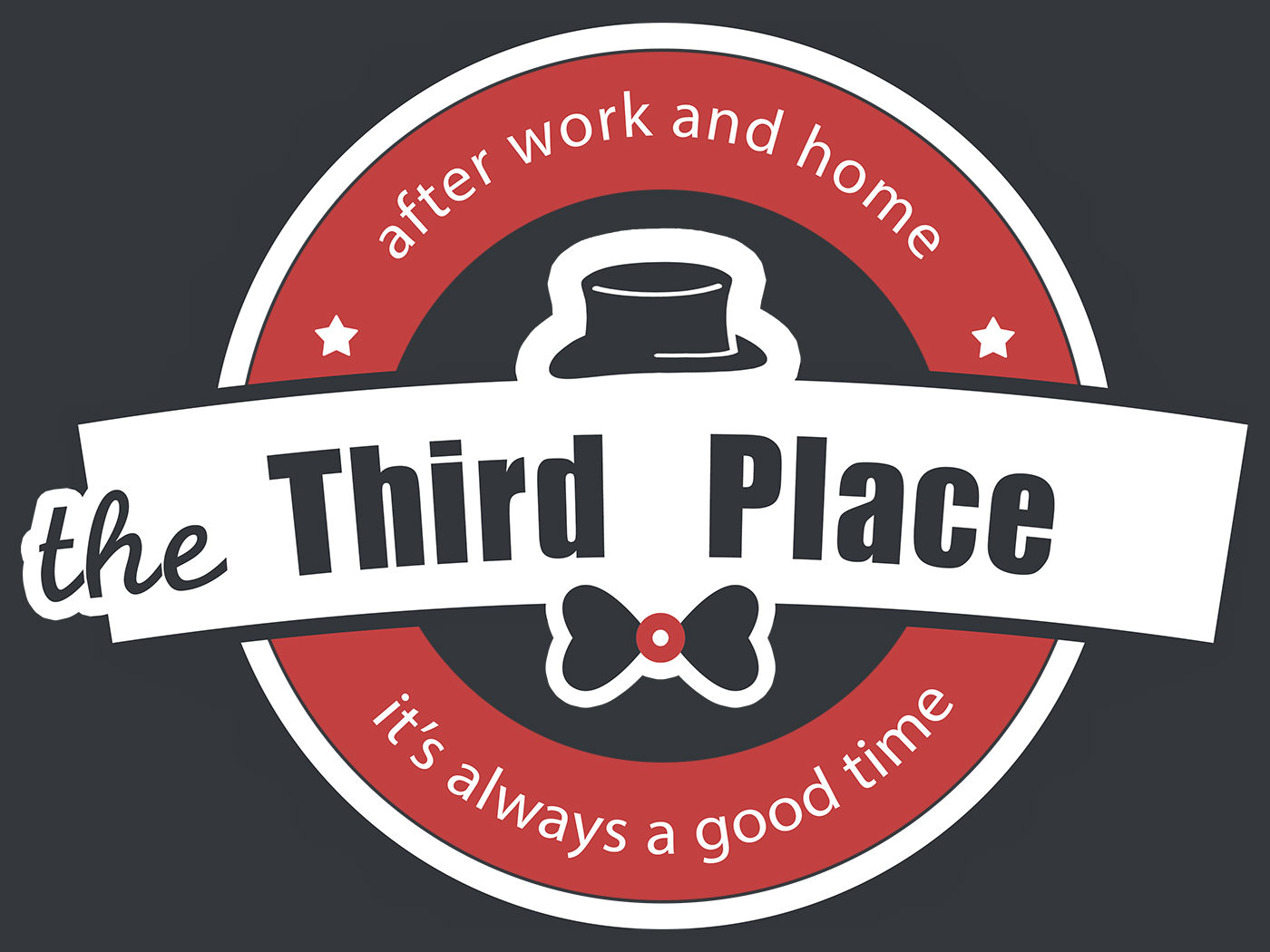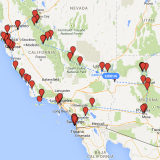Step 6: The Business Plan
Hello, Reader!
Kseniia is here.
Today you are going to make nice with your worst enemy – plans (insert Beethoven’s 5th Symphony). “So what exactly is a plan?” – ask all you commitment phobes out there. Well, there are a number of different kinds of plans:
EXHIBIT A: The plan that never happens. Remember that time you were supposed to meet your pals for Sunday brunch, that is until those Friday night tequila shots changed the plan to one that only involved your bed and a bottle of aspirin? That’s your example.
EXHIBIT B: The plan that you were unwillingly coerced into. This is the plan that your mother made with the mother of the dreaded second grade bully. From this plan, the worst play-date of your life was born.
Exhibit C: The business plan. This one differs from EXHIBIT A and B because it is both a serious commitment and an autonomous decision. While these factors make the business plan more daunting and certainly more complex, they also make it far easier to summarize. In short, the business plan is a written description of your business’s future–a document that describes what you plan to do and how you plan to do it.
If you’re rolling in the dough, you might not even need a written business plan to get you started. But let’s be real– we’re talking about the entrepreneurial equivalent of Wall Street’s one percent here. For the rest of us ninety nine percenters watching the big guys speed by on their cigarette boats as we splash around in their wake, the business plan determines whether we sink or swim.
A business plan is like a pair of water wings that helps us float and attract Bay Watch lifeguards who will buy us boats before we have the capital to afford our own yacht. So, if you want a potential investor to go ahead and buy you that boat, you need a business plan. Of course, sometimes the big guys need water wings too. It is not uncommon for firms to use a business plan to attract key employees, prospects for new business, deals with suppliers or simply to understand how to manage their assets better.
Okay, now that we’ve covered the basics, let’s talk specifics. Although I hate to withhold anything from our wonderful readers, unfortunately I can’t share our business with you because the dog ate it. Ok, fine–you got me. It’s actually more of a confidentiality thing.
That being said, we can tell you all about our business plan. Here’s what we’ve included:
- Short term and long term goals for The Third Place
- The strategies we will use to meet our goals
- Potential problems that our business may confront, including possible solutions
- The organizational structure of our business (including titles and responsibilities)
- The amount of capital required to finance our venture and keep it going until the break-even point
Because I’m in a list-making kind of mood today, I’m going to break the down the business plan a bit further. These are the three sections we used to organize our content:
- Business Concept – This is where we discuss the industry, our business structure, our particular product or service, and how we plan to make our business a success.
- Marketplace Section – Here we describe and analyze potential customers, including who and where they are, what makes them buy, and so on. We also talk about the competition and how we’ll position ourselves to succeed.
- Financial Section – In this section we talk about income and cash flow statement, balance sheet and other financial ratios, such as break-even analyses. This part may require help from our accountant and a good spreadsheet software program.
So, as it turns out, your business plan is your friend. It may seem intimidating or unnecessary at first, but when you break it down into manageable parts, it is indispensable. A good plan won’t be derailed by a massive hangover or your second grade arch nemesis, but it might earn you a life preserver or a new boat.
Stay tuned,
Kseniia








